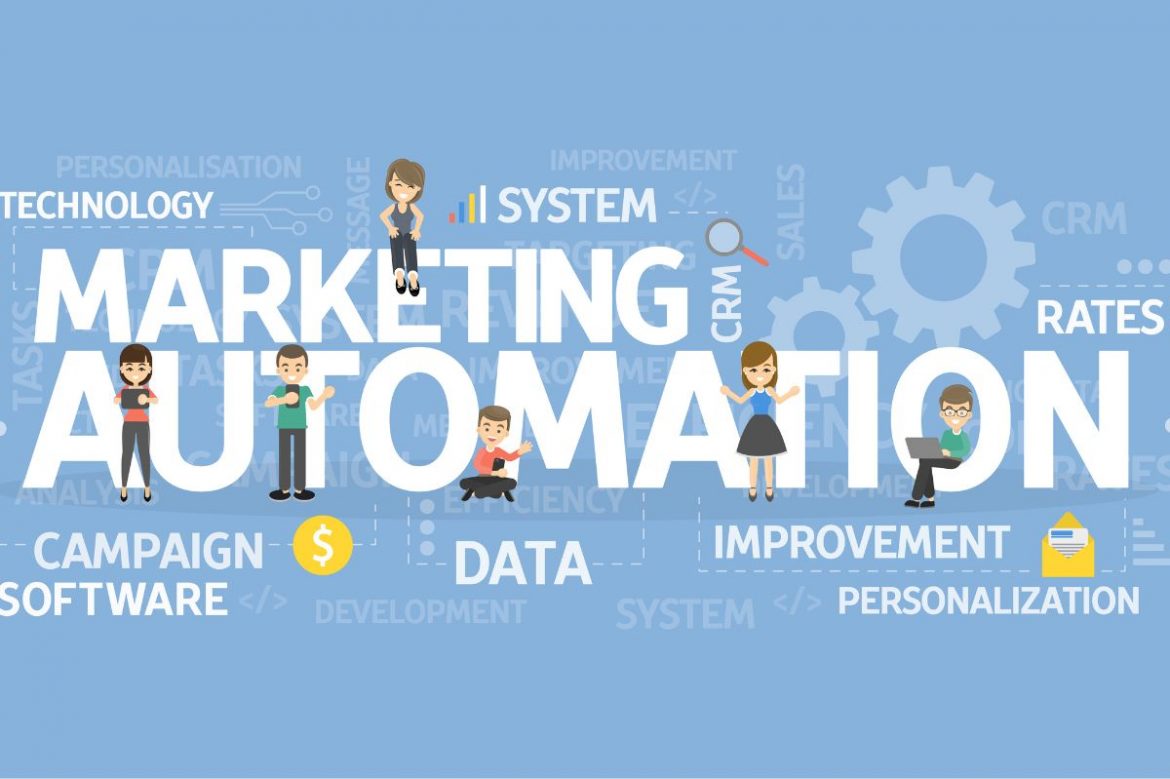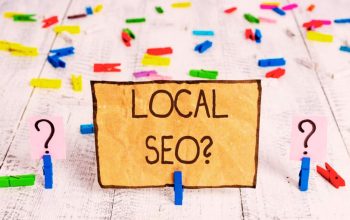Table of Contents
Two closely related and complementary web marketing activities
Lead Generation and Marketing Automation are the two pillars of digital strategies. Leads, users, prospects, customers, and loyal customers. This is the path of the ideal digital strategy. And the winning one.
In a landscape where competitiveness is always higher and the audience is more and more prepared, aware, and demanding, the marketing techniques must be more sophisticated. And it is precisely in this perspective that the combination of Lead Generation and Marketing Automation should be seen as two activities that complement each other.
Lead Generation
Lead Generation should be understood as the set of all web marketing activities aimed at generating contacts (leads) interested in specific products or services. The Generation of these contacts can take place in many ways and on the most varied channels: search marketing, Facebook ads, DEM, and display advertising. All channels that bring (qualified) traffic to the dedicated landing page, the landing page.
Marketing Automation
Marketing Automation, on the other hand, should be understood as the set of processes that lead to the use of software to simplify, automate and measure marketing activities and workflows to increase efficiency. Something that should not be seen as “automatic automation” but, in its essence, has more than personalization and humanization, as it is used for creating, cultivating, and managing customer relationships.
Two pillars that bear the weight of the same expectations: the increase sales.
Lead Generation And Marketing Automation
Marketing Automation systems allow you to improve Lead Generation campaigns significantly and accurately calculate the results from the acquisition of leads (potentially interesting contacts) to their transformation into prospects (really interesting contacts) up to their conversion into customers and their loyalty.
But it is not a question of the automatic application of software: it is necessary to define an action strategy and a precise roadmap.
Lead Management
The lead generation process is a specific flow that can start from different channels and that requires operation and careful execution, especially in data management. Data must be analyzed, studied, and organized precisely to obtain a complete picture of the interlocutor. In this perspective, lead generation campaigns are “complemented” with marketing automation tools capable of managing, organizing, and ordering this data.
Monitoring
Through marketing automation software, it is possible to monitor users by receiving constantly updated information without involving a large waste of resources. Not only information relating to the updates of their data but also information on their navigation, recording all the movements of the user on the page (or on the website). In this way, it is possible to study the lead’s behavior, his way of using information and interacting with the product itself, and eventually, optimize its structure.
Profiling
A precious advantage of using marketing automation systems and tools in the lead generation process is the greater possibility of collecting and using the data obtained to precisely profile one’s target. An analysis that does not identify generic and dispersive reference targets but that identifies the real personas, with all their respective interests, behaviors, and needs, in order to concentrate their subsequent marketing activities, reducing the waste of resources and optimizing results.
Cultivation Of The Lead
Not only in the lead acquisition, analysis, and profiling phase, marketing automation systems are also essential in the lead cultivation and engagement phase (nurturing). Thanks to these systems, in fact, it is possible to create automated and, at the same time, personalized email marketing campaigns based on lead generation activities that start following an action performed by the user or based on certain non-actions and time intervals.
A strategy that not only and simply aims at conversion but that will be implemented over time, based on the choices and purchase needs, for the loyalty of these no longer users but now customers.
Also Read : A Successful Company Needs a Team That Is Happy To Work On It




